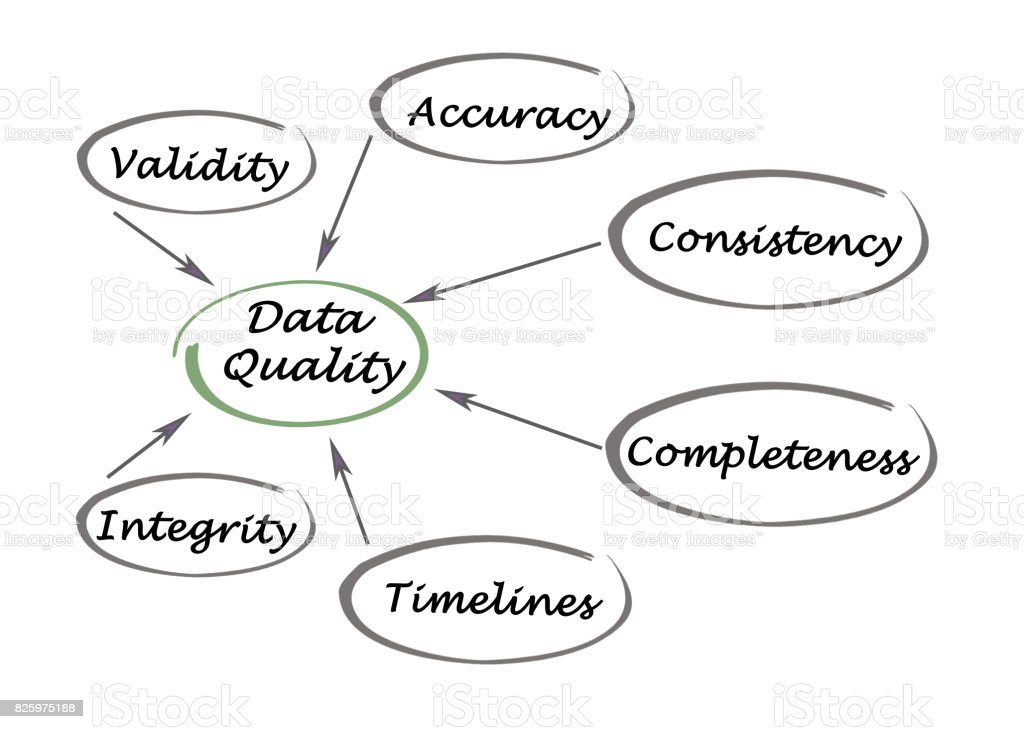5 Tips to improve data quality for unstructured data

5 tips to improve data quality for unstructured data
Allowing quality data in can lead to a better understanding of an organization. Here are 5 steps to improve your organization’s data quality for unstructured data.
Finding effective ways to use data has been an organizational focus for many years. The significance of these efforts has only advanced in the digital era as businesses engage in fierce competition to maintain and grow their customer bases.
Many organizations are discovering a problem as they start to rely more heavily on their business data: Data on its own is only semi-useful, especially if a data set is unstructured and difficult to interpret.
SEE: Hiring kit: Business information analyst (TechRepublic Premium)
Finding ways to improve data quality while properly storing, presenting and analyzing this information is key to delivering full value from data to the business. However, ensuring this data quality across both structured and unstructured data sets is no simple task, particularly in organizations that have not invested in the right people and tools.
This guide for improving unstructured data quality is a good starting point if your organization wants to better understand and leverage all of its existing data, regardless of source or format.
Jump to:
- What is data quality?
- What is unstructured data?
- What is the main difference between structured and unstructured data?
- How to analyze unstructured data
- 5 tips for improving data quality for unstructured data
What is data quality?
Data quality management involves optimizing data for all kinds of business uses and purposes. To truly judge data quality, consider the following evaluation criteria:
- Accuracy: Is the data valid? Does it possess sufficient details to be useful?
- Completeness: Is all relevant data present in the data set? Is it sufficiently comprehensive? Are there any gaps or inconsistencies?
- Reliability: Can the data be trusted for business decision-making? Are there any contradictions in the data set that cause you to question its reliability?
- Relevance: Can the data be applied to all relevant business needs and concerns?
- Timeliness: Is the data up-to-date? Can it be used to make real-time decisions?
Proper data quality management is based upon the principles of assessment, remediation, enrichment and maintenance, whereby data is continually analyzed. Irrelevant, outdated, unnecessary and/or incorrect elements are weeded out or corrected throughout the data quality management process. Data usage methods are then examined to see if they can be improved for better results after correcting outdated or inefficient processes.
SEE: Best practices to improve data quality (TechRepublic)
Data quality management is crucial for both unstructured and structured data, though some of the steps taken may look different depending on the type of data you’re working with.
What is unstructured data?
Unstructured data is a heterogeneous set of different data types that are stored in native formats across multiple environments or systems. Email and instant messaging communications, Microsoft Office documents, social media and blog entries, IoT data, server logs and other “standalone” information repositories are common examples of unstructured data.
SEE: 5 ways to improve the governance of unstructured data (TechRepublic)
Unstructured data may sound like a complicated scattering of unrelated information, not to mention a nightmare to analyze and manage, and it does take data science expertise and specialized tools to make use of this information, but despite the complexity of working with and making sense of unstructured data, this data type offers some significant advantages to companies that learn how to use it.
What is the main difference between structured and unstructured data?
Structured data is made up of standard and homogenous data set structures in a predefined format, which is more easily analyzed and maintained and is usually kept in a standard data warehouse. With clearer formats and storage setups, structured data usually requires less skill to administer and manage properly when compared to unstructured data.
How to analyze unstructured data
Before you can start analyzing your unstructured data effectively, it’s important to set goals regarding what data you want to analyze and for which intended outcomes. Depending on your business and its data goals, you may be looking at unstructured data to understand anything from customer shopping trends to seasonal real estate purchases and geographic-based spending. Knowing the type of data you want to analyze and what it needs to communicate to your users is an important first move in data quality management.
SEE: Top 10 benefits of data quality management (TechRepublic)
Next, you should identify where the necessary data resides, how it should be collected and analyzed, and which methodologies will work best with this data type. It’s important to ensure you have a secure and reliable method for collecting this information and feeding it into data analysis tools. Factor in mobile or portable devices and how you will need to keep them linked during the data collection process as well.
Throughout your unstructured data analysis, plan to utilize metadata — or data about data — for better performance. You should also determine whether artificial intelligence and machine learning techniques can or should come into play for automated workflows and real-time data management requirements.







